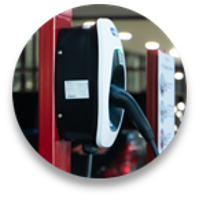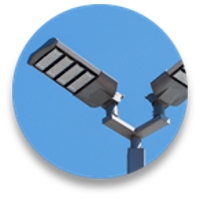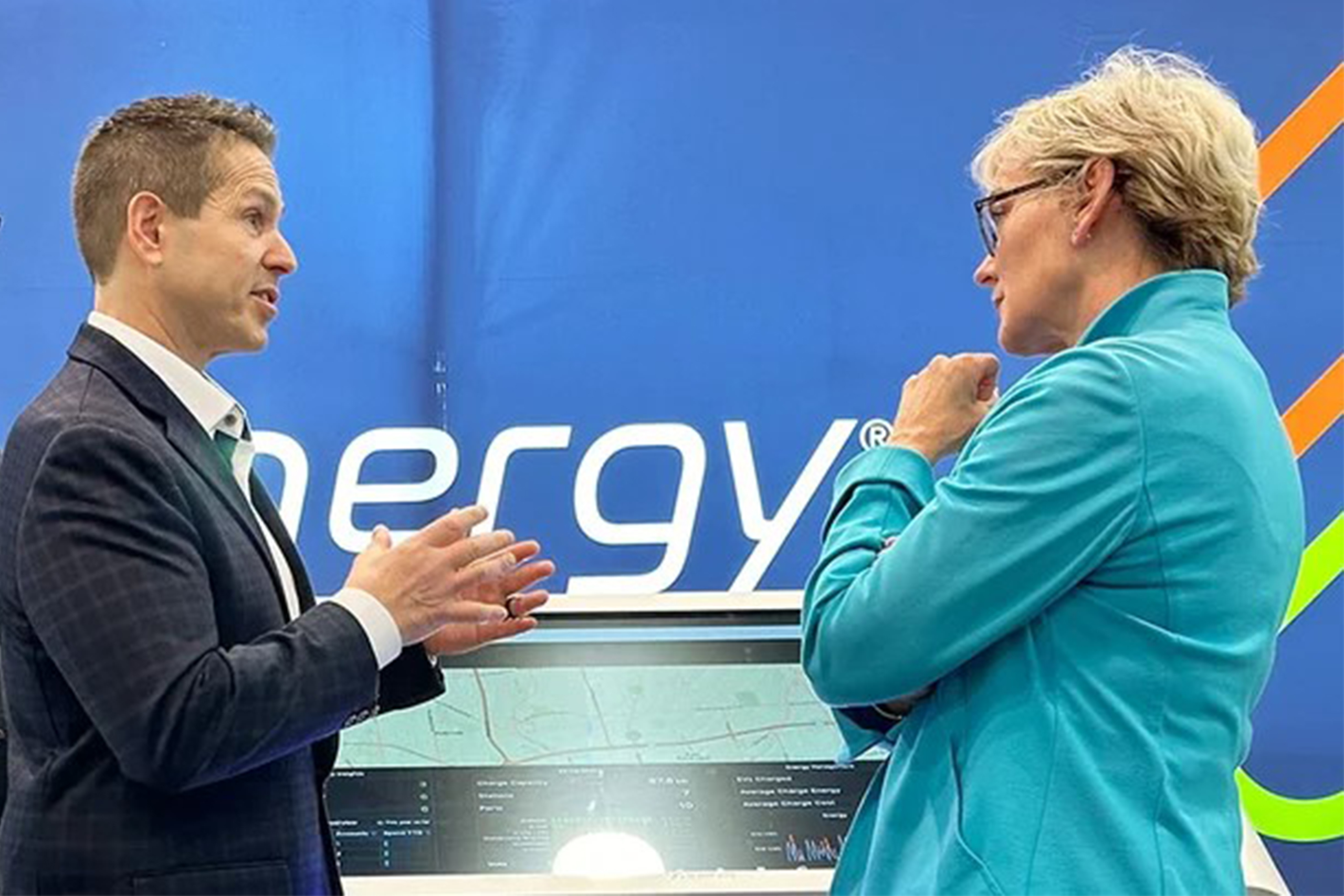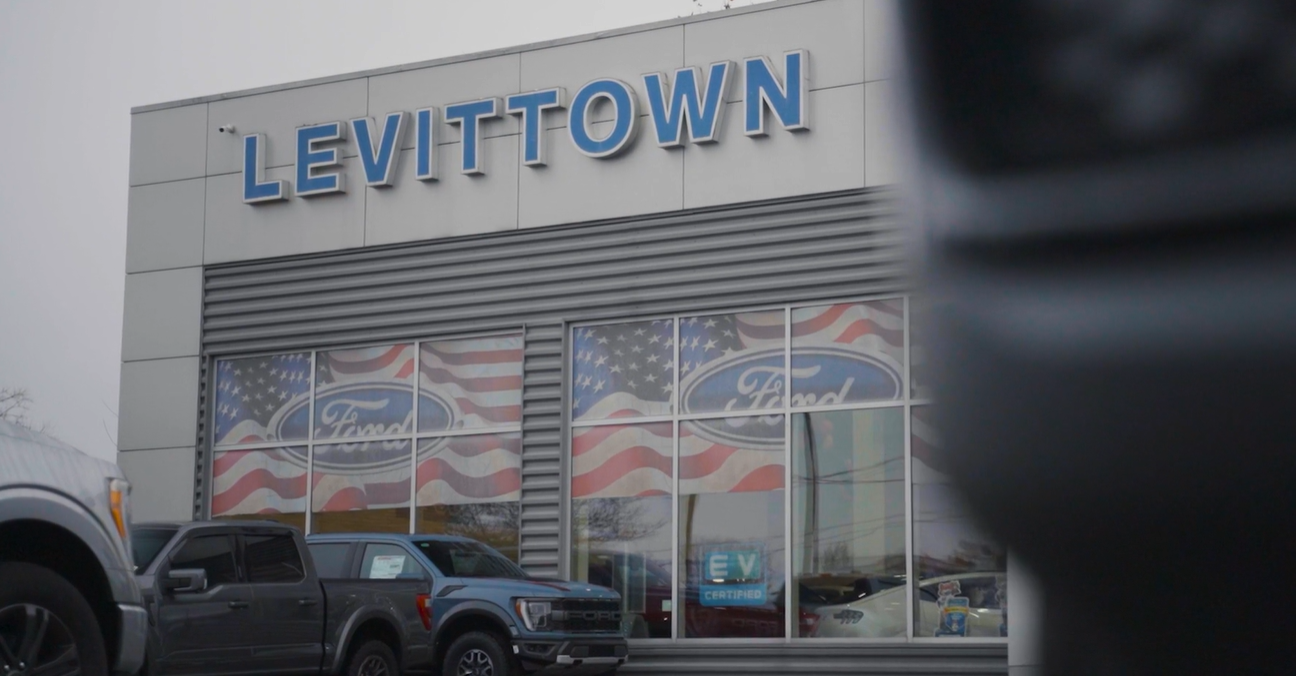Infrastructure
Get the Networked Equipment to Power Your Project
Future Energy’s Infrastructure team helps clients obtain the networked equipment, accessories, warranties and network connections they need to integrate energy management, EV charging, lighting, business intelligence data, and other technologies for their projects. We have partnered with the leading equipment manufacturers across various industries to offer the most innovative and connected technologies with expedited lead times, competitive pricing, and a smooth experience all the way to delivery to help businesses get everything they need for installation and management.
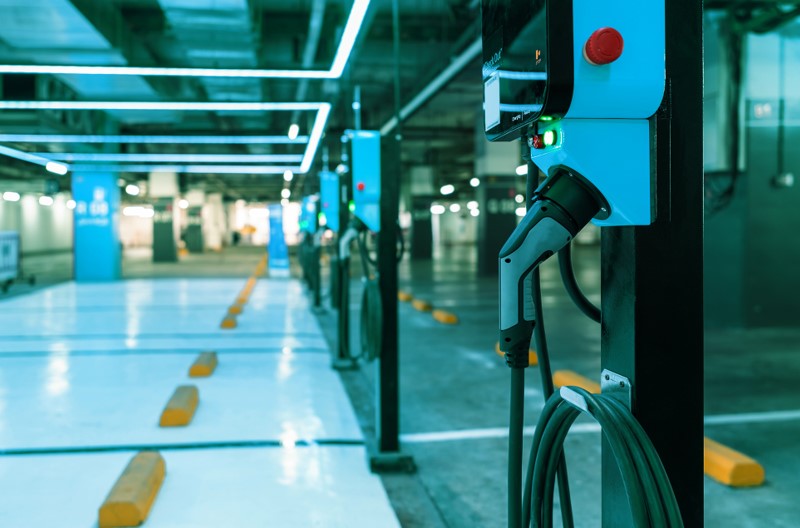
Networked & Energy Equipment
Innovative hardware to power the future of business.
Our team places equipment orders directly from our manufacturer partners and coordinates the logistics from beginning to end. We work closely with our clients to ensure their products get delivered on-time, on-budget, and to the right location for their connected technology project.
EV Chargers
Leading manufacturers charging the next generation of mobility.
- Level 2 and 3 EV chargers
- Accessories and cable management
- Product warranties
- Cloud network plans
Energy Hardware
Hardware made for energy measurement and business improvement.
- Smart meters
- Solar panels
- Batteries and energy storage
Lighting
Energy efficient, cost reducing, with total control.
- Indoor and outdoor hardware
- Automation and measurement capable
- Sensor and monitoring features
IoT Support Devices
Business intelligence devices to monitor and manage connected technology systems.
- Motion sensors
- Video surveillance
- Safety and security
- Much more
Build Your Business
Transformation Strategy
Connect with our experts to maximize the future of your business’s brand, processes, management, sales, employees, and more.
The Value We Provide
Accuracy & Complete Equipment Orders
Our team reviews the equipment order with clients to ensure they are complete and accurate including shipping details, warranty information, software, and accessories.
Direct from the Manufacturers
Future Energy works closely with equipment manufactures to reduce order lead times and ensure the equipment is of the latest make and model.
Industry-Leading Equipment
We offer networked equipment from industry leading manufacturers to support the operational and energy requirements of our clients with the reliable quality they expect.
Scalable & Competitive Pricing
We negotiate directly with integrated equipment manufacturers to obtain competitive and volume-discounted pricing for large-scale client projects and programs.
Order Logistics Handling
Our team works alongside equipment manufacturers and clients to ensure the order is processed accurately and delivered on-time to the right destination with regular updates and communication.
Complete Order Materials
We ensure our clients have all the equipment, accessories, warranty, and software information in-hand before we close the order, so our clients have everything they need for their project.
The Standards We Follow
Hand-Selected Manufacturers
Future Energy thoroughly evaluates every hardware partner, and only sources intelligent equipment from the most innovative, proven, and leading manufacturers in the world to offer robust energy control and business value.
Equipment Quality Standards
We uphold high standards for our hardware partners including their manufacturing processes, ergonomics, material quality, connectivity, inventory availability, and logistics to deliver on the promises we make for client projects and programs.
System-Integrated Technologies
Every device we offer is guaranteed to connect to our Interface Connected Technologies and IoT platform for measurement, control and automation to improve business processes and reduce operating expenses.
Recent Articles
-
Secretary of Energy Granholm Meets with Future Energy to Discuss Automotive Dealership EV Transition Solutions
Future Energy CEO Sam DiNello and EVP Dan Young recently met with Secretary of Energy Jennifer Granholm at the North American Auto Dealers Association (NADA)… Read More
-
VIP Automotive Group: Transforming the Landscape of EV Charging with Future Energy
Watch: Joel Sporn, President of VIP Automotive Group, explains his dealership’s transformation to electrification with Future Energy. Read More
-
-
Maserati Partners with Michigan-Based Future Energy
FOR IMMEDIATE RELEASE August 17, 2023 Maserati Partners with Michigan-Based Future Energy as They Lead the Way in Electrification for Luxury Brand Vehicles Maserati, the… Read More
